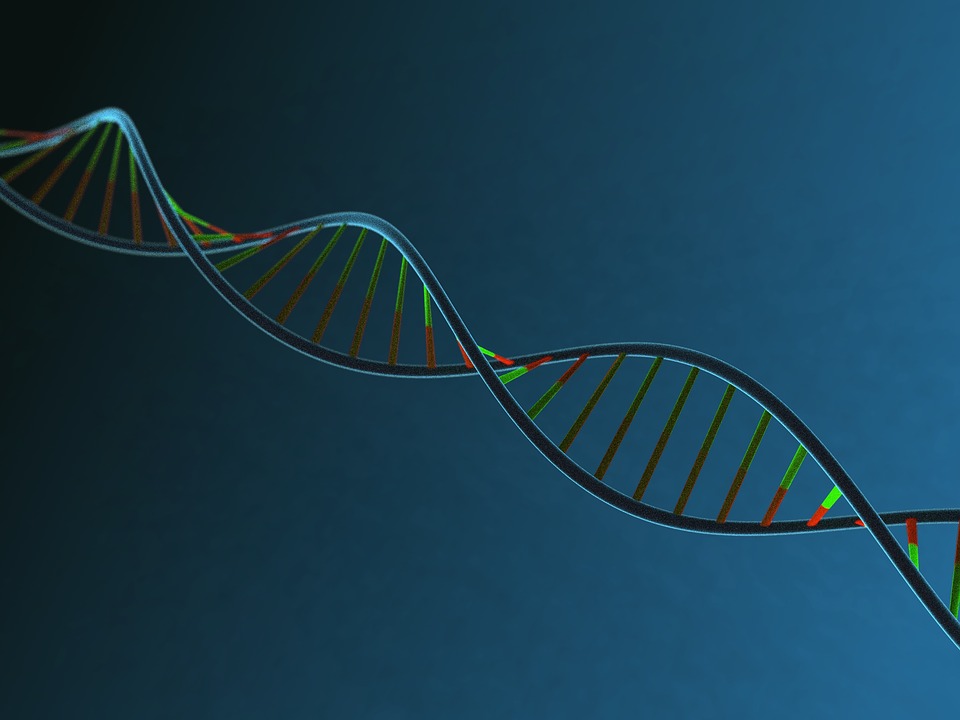CRISPR ‘gone wild’ has made stocks swoon, but studies show how to limit off-target editing
By Sharon Begley,
Stat News
| 03. 05. 2018
The fear that CRISPR-based genome repair for preventing or treating genetic diseases will be derailed by “editing gone wild” has begun to abate, scientists who are developing the technique say. Although there are still concerns that CRISPR might run amok inside patients and cause dangerous DNA changes, recent advances suggest that the risk is not as high as earlier research suggested and that clever molecular engineering can minimize it.
“Progress is being made at a pretty stunning rate,” said biochemist David Liu, of Harvard University and the Broad Institute, who has developed several versionsof CRISPR. A parade of new discoveries, he said, “suggests that it’s possible to use these genome-editing tools and not make unintended edits.”
The basic reason for such “off-target effects” is that CRISPR’s guide molecule, which is usually 20 genetic letters long, isn’t as precise as often advertised. Although it’s supposed to lead the DNA-cutting enzyme (the other principle component of CRISPR) to regions of the genome with those exact 20 letters, in practice it’s happy to find regions with just 18 or even fewer —...
Related Articles
By Jonathan Matthews, GMWatch | 12.11.2025
In our first article in this series, we investigated the dark PR tactics that have accompanied Colossal Bioscience’s de-extinction disinformation campaign, in which transgenic cloned grey wolves have been showcased to the world as resurrected dire wolves – a...
By Jenny Lange, BioNews | 12.01.2025
A UK toddler with a rare genetic condition was the first person to receive a new gene therapy that appears to halt disease progression.
Oliver, now three years old, has Hunter syndrome, an inherited genetic disorder that leads to physical...
By Simar Bajaj, The New York Times | 11.27.2025
A common cold was enough to kill Cora Oakley.
Born in Morristown, N.J., with virtually no immune system, Cora was diagnosed with severe combined immunodeficiency, a rare genetic condition that leaves the body without key white blood cells.
It’s better...
By Rachel Hall, The Guardian | 11.30.2025
Couples are needlessly going through IVF because male infertility is under-researched, with the NHS too often failing to diagnose treatable causes, leading experts have said.
Poor understanding among GPs and a lack of specialists and NHS testing means male infertility...




